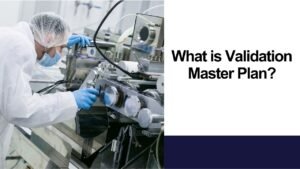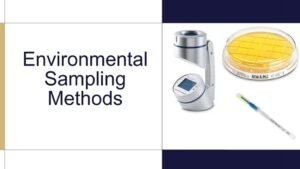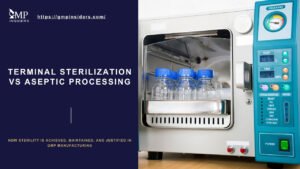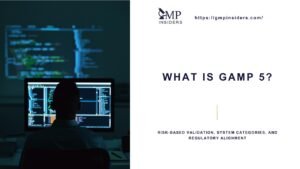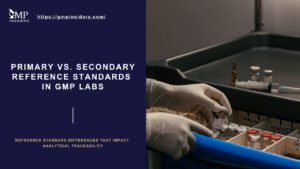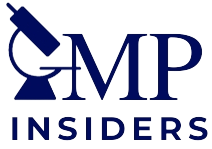Pharmacovigilance plays a crucial role in monitoring the safety and effectiveness of medications. It is the process of detecting, assessing, understanding, and preventing adverse effects or any other medicine-related problems.
By tracking adverse events and safety concerns, pharmacovigilance helps identify potential safety issues with drugs and allows for steps to mitigate these risks.
In this article, we will take a look into the key aspects of pharmacovigilance, its importance, when it should be applied, the different phases involved, the authorities responsible, and the reporting systems in place.
What is Pharmacovigilance?
Pharmacovigilance, also known as drug safety monitoring, is the systematic process of monitoring the safety of medicines. It involves collecting, analyzing, and evaluating data on adverse drug reactions, interactions, new effects, lack of efficacy, misuse, and dependence. The primary goal of pharmacovigilance is to ensure that medicines are used safely and effectively while identifying and understanding the risks associated with them.
Pharmacovigilance Activities
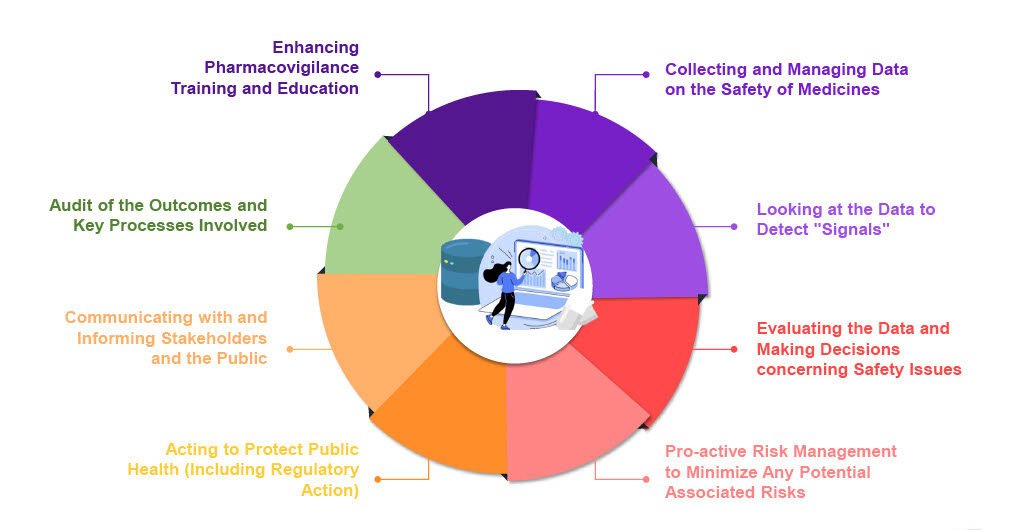
Pharmacovigilance activities are dynamic and ongoing processes, requiring collaboration among various stakeholders, including regulatory authorities, pharmaceutical companies, healthcare professionals, and patients. The ultimate goal is to ensure that medicines are used in the safest possible way. Some of the activities that we at GMP Insiders found most important include:
Collecting and Managing Data on the Safety of Medicines
This involves gathering information from a variety of sources such as clinical trials, healthcare providers, patients, and pharmaceutical companies. The data can include reports of adverse drug reactions, medication errors, and other safety-related information. The management of this data is crucial and involves ensuring its accuracy, consistency, and accessibility for analysis.
Looking at the Data to Detect “Signals”
A “signal” in pharmacovigilance refers to any new or changing information regarding the safety of a drug that may require further investigation. This could be an increase in a known side effect, a new side effect, interactions with other drugs, or any other safety concern.
Detecting signals often involves statistical analysis of the collected data to identify unusual patterns or trends that stand out from what is expected.
Evaluating the Data and Making Decisions Concerning Safety Issues
Once a signal is detected, it needs to be rigorously evaluated. This evaluation may involve reviewing the scientific literature, conducting further studies, or consulting with experts. Based on this evaluation, decisions are made about whether the safety profile of the drug has changed and whether any action needs to be taken.
Pro-active Risk Management to Minimize Any Potential Associated Risks
This involves developing strategies to reduce the potential risks associated with a medicine. It could include modifying the way a drug is used, changing the labeling or packaging, communicating new safety information to healthcare providers and patients, or in some cases, withdrawing a drug from the market.
Acting to Protect Public Health (Including Regulatory Action)
Regulatory authorities may take actions such as updating the drug’s labeling with new warnings, restricting its use, or even removing it from the market. These actions are taken to protect public health based on the balance of risks and benefits of the medicine.
Communicating with and Informing Stakeholders and the Public
Clear communication about safety issues is essential. This can include issuing safety alerts, updating drug information leaflets, and providing information to healthcare professionals and the public. The goal is to ensure that everyone who uses or prescribes the medicine is aware of the latest safety information.
Audit of the Outcomes and Key Processes Involved
This is the process of regularly reviewing and evaluating the effectiveness of pharmacovigilance activities. It helps to ensure that the procedures for detecting, evaluating, managing, and communicating drug safety issues are working as intended and are continuously improved.
Enhancing Pharmacovigilance Training and Education
This activity involves developing and providing comprehensive training programs and educational resources for healthcare professionals, regulatory authorities, and pharmaceutical industry personnel. The focus is on enhancing their understanding of pharmacovigilance principles, processes, and best practices.
The Importance of Pharmacovigilance
Pharmacovigilance is of utmost importance to ensure patient safety. Thousands of drugs have been withdrawn from the market in the past due to the discovery of severe side effects. Therefore, it is crucial to have robust pharmacovigilance systems in place to ensure that new medicines are safe and effective.
By monitoring adverse events and safety concerns, pharmacovigilance helps identify potential risks and allows for timely intervention to mitigate these risks, ultimately protecting patients from harm.
Besides patient safety, pharmacovigilance also provides secondary benefits. It helps in gaining a better understanding of a drug’s safety profile, which can aid in making safer decisions when prescribing the medication. It also helps in identifying potential issues with a medication that could lead to abuse or diversion, reducing the risk of product liability lawsuits.
When Should Pharmacovigilance Be Applied?
Pharmacovigilance should be applied throughout the entire lifecycle of a drug. It begins with pre-clinical pharmacovigilance, where potential risks associated with medicine are identified through animal testing and clinical trials.
Clinical pharmacovigilance assesses the safety and efficacy of a medicine in a controlled setting before its approval for use. Post-marketing pharmacovigilance monitors the long-term safety of a medicine after it has been approved and is available on the market.

Pre-clinical Pharmacovigilance
Pre-clinical pharmacovigilance involves safety assessments that occur before a drug is tested in humans. This phase includes:
- In Vitro and In Vivo Studies: These studies are conducted in laboratories using cell cultures (in vitro) or animal models (in vivo) to predict how the drug might behave in humans. They help in understanding the pharmacological profile of the drug, its potential benefits, and risks.
- Toxicology Studies: These studies are designed to assess the potential toxicity of the drug. They look at various aspects such as dose-response, toxic mechanisms, and target organs. This information is crucial to determine safe dosage levels and potential side effects in humans.
- ADME Studies (Absorption, Distribution, Metabolism, and Excretion): Understanding how a drug is absorbed, distributed, metabolized, and excreted helps in predicting its safety profile and potential interactions with other substances.
Clinical Pharmacovigilance
Clinical pharmacovigilance takes place during the clinical trials phase, where the drug is tested in human volunteers or patients. It involves:
- Monitoring Adverse Drug Reactions (ADRs): During clinical trials, participants are closely monitored for any adverse reactions to the drug. This data is essential for understanding the drug’s safety profile.
- Dose-Ranging Studies: These studies help in identifying the optimal dose that maximizes therapeutic benefits while minimizing side effects.
- Efficacy and Safety Balancing: Clinical pharmacovigilance is critical in assessing the balance between the drug’s efficacy (its effectiveness in treating a condition) and its safety (potential side effects or risks).
- Data Collection and Analysis: Rigorous data collection and statistical analysis during clinical trials help in making informed decisions about the future of the drug.
Post-marketing Pharmacovigilance
Also known as Phase IV, post-marketing pharmacovigilance occurs after a drug has been approved and is available on the market. It includes:
- Spontaneous Reporting Systems: Healthcare professionals and patients report any adverse effects experienced after using the drug. These reports are valuable for detecting rare or long-term side effects that may not have been apparent during clinical trials.
- Pharmacoepidemiological Studies: These studies involve analyzing drug use and outcomes in large populations to identify patterns, causes, and effects of drug-related issues.
- Risk Management Plan: Ongoing assessment of the drug’s risk-benefit balance is conducted. If new risks are identified, actions may be taken, such as updating the labeling, issuing warnings, or in severe cases, withdrawing the drug from the market.
- Regulatory Compliance and Audits: Ensuring that the drug continues to meet safety standards set by regulatory bodies. Regular audits are conducted to ensure compliance with pharmacovigilance regulations.
Authorities and Regulations in Pharmacovigilance
Pharmacovigilance is overseen by various authorities depending on the country. In countries with universal healthcare coverage, the national health regulator (NHR) is responsible for pharmacovigilance. In countries with regulated pharmaceutical industries, the responsibility lies with the Pharmaceutical Regulatory Authority (PRA). Additionally, countries with public health concerns have a disease control agency (DCA) involved in pharmacovigilance.
These authorities are responsible for keeping track of potential side effects, conducting studies to assess risks, and ensuring the safe use of products. In Europe, the European Medicines Agency (EMA) operates the EudraVigilance system to manage and analyze information on suspected adverse drug reactions.
EudraVigilance
EudraVigilance is a system operated by the European Medicines Agency (EMA) to manage and analyze information on suspected adverse reactions to authorized medicines or those being studied in clinical trials within the European Economic Area (EEA).
It is an integral part of the pharmacovigilance system in the European Union (EU). EudraVigilance allows for efficient reporting and analysis of adverse reactions, contributing to the overall safety monitoring of medicines in the EEA.
Pharmacovigilance Risk Assessment Committee (PRAC)
The Pharmacovigilance Risk Assessment Committee (PRAC) is responsible for assessing and monitoring safety issues for human medicines in the European Medicines Agency. The committee consists of members from EU countries, independent scientific experts, and representatives of health professionals and patient organizations. PRAC’s role is to evaluate safety concerns, recommend risk minimization measures, and facilitate the timely dissemination
What are Adverse Drug Reactions?
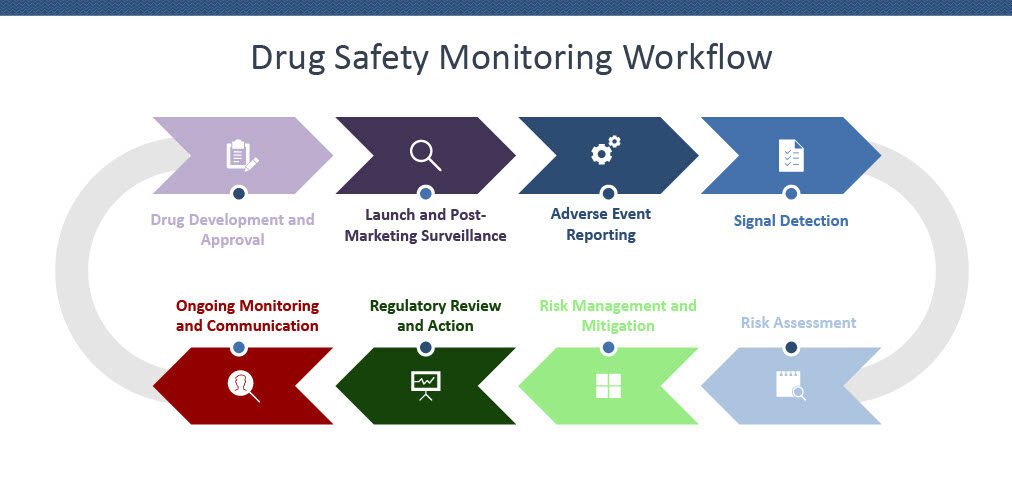
Adverse drug reactions are unwanted effects that can occur when a person takes medication. These reactions can be caused directly by the medication itself or by other factors such as interactions with other drugs, incorrect usage, or individual patient characteristics.
Adverse drug reactions can range from mild to severe and can have significant impacts on patient health and well-being.
Adverse Event Reporting and Case Processing
Adverse event reporting is the process by which healthcare organizations identify, track, and report any adverse events resulting from patients’ use of medications. It is essential for preventing future occurrences and improving patient safety.
Reporting can be done at various organizational levels, including patient registries, electronic health records, and clinical research settings. Several tools are available to capture information about adverse events, such as questionnaires, formularies, medical records audits, surveillance systems, and safety databases.
Types of Reporting in Pharmacovigilance
Pharmacovigilance reporting encompasses various sources of data, including patient reports, adverse event reports, product information sheets, clinical study reports, and epidemiological studies.
These reports are critical for tracking the safety profile of drugs, identifying potential health risks, and making necessary improvements to ensure patient safety.
The data collected through reporting systems contribute to an improved understanding of drug safety and aid in making informed decisions regarding the use of medicinal products.
Spontaneous Reporting and Signal Detection
Spontaneous reporting is the core data-generating system in pharmacovigilance. Healthcare professionals and consumers play a vital role in identifying and reporting suspected adverse drug reactions. These reports are then analyzed and evaluated to detect signals of possible causal relationships between adverse events and drugs. Epidemiological and statistical methods are used to further investigate these signals and determine their significance.
Risk Management Planning – RMP
Risk Management Planning (RMP) in pharmacovigilance involves developing strategies to identify, characterize, prevent, or minimize risks associated with pharmaceutical products. It’s an integral part of the drug development and post-marketing surveillance process.
It includes detailed information on the safety profile of the drug, plans for further studies, and measures to minimize risks. The RMP must be updated regularly as new data becomes available. Key components of an RMP include a safety specification, pharmacovigilance plan, and risk minimization measures. The goal is to ensure that the benefits of a drug outweigh its risks, safeguarding public health.
Read more about Quality Risk Management in our article.
Periodic Safety Update Reports (PSURs)
Periodic Safety Update Reports (PSURs) are documents required in pharmacovigilance to periodically evaluate and present the safety profile of a pharmaceutical product. These reports are submitted at regular intervals to regulatory authorities.
PSURs include data on all known safety aspects of the drug, including adverse drug reactions, new safety findings from clinical trials, and studies from the scientific literature. They help in the ongoing assessment of the benefit-risk balance of the drug.
The frequency and content of PSURs are regulated and can vary depending on the medication’s stage in its lifecycle and emerging safety issues.
Individual Case Safety Reports (ICSRs) in Pharmacovigilance
Individual Case Safety Reports (ICSRs) are tools used by drug companies to report safety concerns about their products. These reports are voluntary and confidential, allowing companies to report safety issues without disclosing patient-identifying information. The information included in ICSRs helps drug companies improve their products, identify problems early, and prevent them from causing harm or becoming more significant.
The Importance of GMP and Quality Controls
Good Manufacturing Practice (GMP) and quality controls are essential components of drug safety monitoring. cGMP regulations ensure that pharmaceutical manufacturers maintain high standards in personnel training, supplier qualifications, product packaging and labeling accuracy, complaint handling, and adverse drug reaction reporting. These measures help prevent product diversions, reduce overdose risks, and uphold patient safety.
The Role of Pharmacovigilance in Overdose Prevention
Pharmacovigilance systems contribute to overdose prevention by recognizing product risks, understanding the toxicity of drugs, warning patients and healthcare professionals about the dangers of drug dependency and overdose reactions, and enhancing education efforts. By promoting safe and responsible use of medications, pharmacovigilance helps protect individuals from the risks of non-medical use, polysubstance use, and drug-drug interactions.
When Does Pharmacovigilance Occur in the Drug Development Process?
Pharmacovigilance is a continuous process throughout the lifecycle of a drug, from pre-clinical testing to post-marketing surveillance.
How are Adverse Drug Reactions Reported?
Adverse drug reactions can be reported by healthcare professionals, patients, or pharmaceutical companies through various reporting systems like spontaneous reporting and pharmacovigilance databases.
How Do Regulatory Authorities Use Pharmacovigilance Data?
Regulatory authorities use pharmacovigilance data to make informed decisions about drug safety, including updating labels, issuing warnings, or in severe cases, withdrawing a drug from the market.
Conclusion
Pharmacovigilance is an indispensable practice in ensuring the safety and effectiveness of medications. Through the monitoring and reporting of adverse drug reactions, interactions, and new effects, pharmacovigilance contributes to patient safety and the identification of potential risks associated with drugs.
Regulatory authorities, healthcare professionals, patients, and pharmaceutical companies all play critical roles in the success of pharmacovigilance systems. By upholding high standards of drug safety monitoring, we can protect patients and promote the responsible use of medications.




